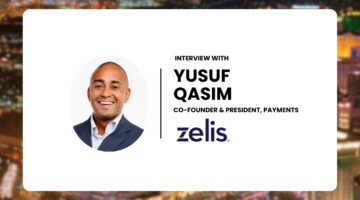The designers of the touchscreen didn’t have blind people at the front of their minds when they came out with the technology that’s been adopted for Smartphones, tablets and iPads. But the widespread use of Smartphones has led to a new trend: entrepreneurs developing apps for the blind and visually impaired.
The American Foundation for the Blind’s website says an estimated 21.5 million adult Americans reported they either “have trouble” seeing, even when wearing glasses or contact lenses, or that they are blind or unable to see at all, citing a 2010 National Health Interview Survey Preliminary Report.
A Philadelphia Inquirer article described a Drexel University collaboration with a suburban Philadelphia school for the blind :

How Zelis is Transforming Healthcare Payments with Enterprise AI
How Zelis hopes to solve the healthcare financial system for payers and providers.
Three of the five apps, available for now only on Android devices, enable the blind or visually impaired to use Facebook, Twitter, or Wikipedia. The two others are more general-purpose: a faster keyboard – called a BinoBoard, for “binary keyboard” – that works anytime a user needs to type, and a souped-up magnifier called the Contrastinator that helps the user read.
The discussion was more about the ideal – what you could have if you could have whatever you wanted,” Cohen says. But it also got very practical – “what they had trouble accessing, what frustrated them with technology,” Hays says.”The guys from Drexel just listened,” Hays says. And each time they returned for the long slog of testing and refining, the apps improved.








